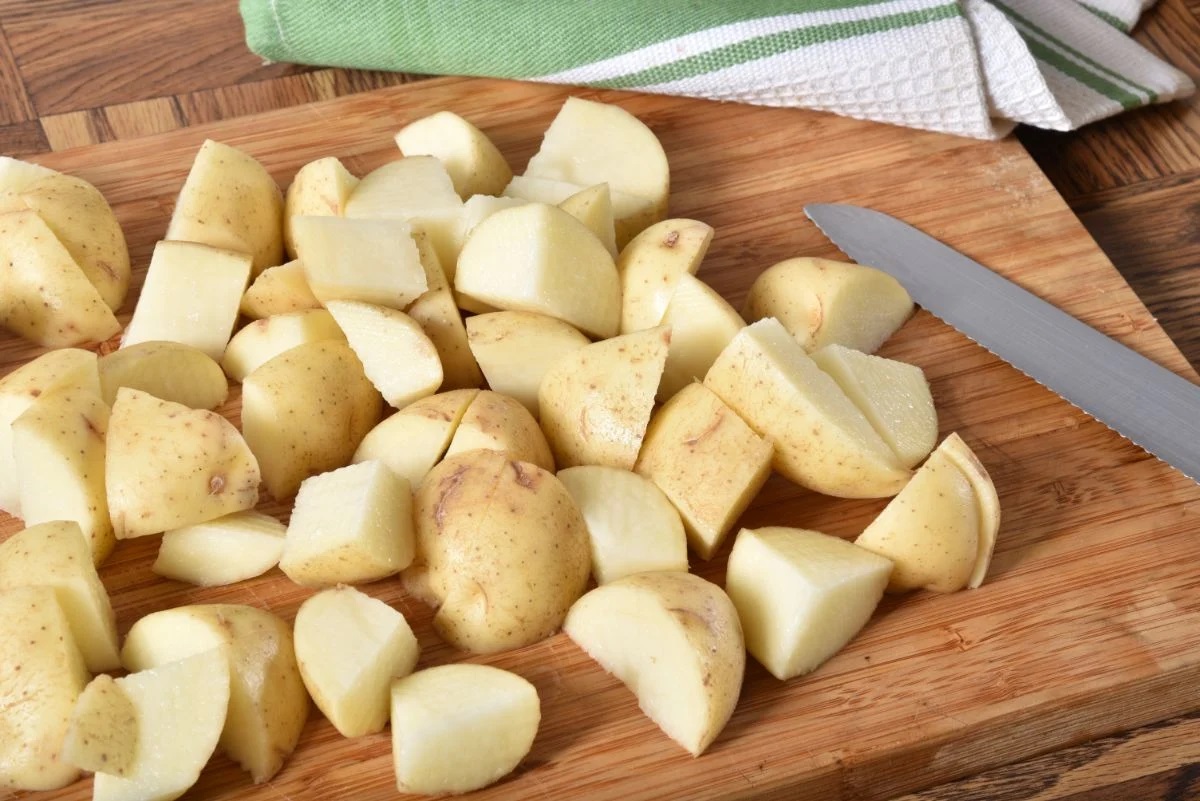

Articles
How To Store Cut Potatoes
Modified: December 7, 2023
Learn how to store cut potatoes properly in this informative article. Find out the best methods for preserving their freshness and avoiding spoilage.
(Many of the links in this article redirect to a specific reviewed product. Your purchase of these products through affiliate links helps to generate commission for Storables.com, at no extra cost. Learn more)
Introduction
Welcome to our guide on how to store cut potatoes! Potatoes are a versatile and delicious staple in many households. Whether you’re prepping for a big family dinner or just want to have some pre-cut potatoes on hand for quick and easy meals, it’s important to know the proper methods for storing them. By storing cut potatoes correctly, you can extend their shelf life, maintain their taste and texture, and reduce food waste.
When potatoes are exposed to air or stored improperly, they can quickly turn brown and become mushy or slimy. This can be disappointing and frustrating, especially when you’ve put effort into cutting and preparing them in advance. However, with some simple storage techniques, you can keep your cut potatoes fresh and ready to use for longer periods.
In this article, we will explore various factors to consider before storing cut potatoes, as well as recommended storage methods that will help preserve their quality. We’ll cover everything from storing cut potatoes in water to refrigeration and storing in a cool, dark place. We’ll also provide tips, precautions, and safety measures to ensure the best results.
So, whether you’re a professional chef looking to streamline your meal prep or an everyday cook wanting to save time in the kitchen, this guide will provide you with the information you need to store cut potatoes effectively. Let’s dive in!
Key Takeaways:
- Properly storing cut potatoes is crucial for maintaining their freshness, texture, and taste. By following recommended storage methods and tips, you can extend their shelf life and minimize food waste.
- Implementing precautions and safety measures when storing cut potatoes is essential for ensuring their quality and reducing the risk of foodborne illnesses. Practice good hygiene, monitor for spoilage, and prioritize safety when handling and storing cut potatoes.
Read more: How To Store Cut Potatoes In Fridge
Why It’s Important to Store Cut Potatoes Properly
Properly storing cut potatoes is essential for maintaining their quality and preventing spoilage. Here are a few reasons why it’s important to store cut potatoes properly:
- Prolong Shelf Life: When potatoes are cut, their protective skin is compromised, exposing the flesh to air. This exposure can cause the potatoes to oxidize and turn brown, reducing their overall shelf life. By storing cut potatoes properly, you can slow down the oxidation process and extend their freshness.
- Maintain Texture: Improper storage can lead to a loss of moisture in cut potatoes, resulting in a dry and mealy texture. By storing them correctly, you can help retain their moisture, keeping the potatoes firm and preventing them from becoming mushy.
- Prevent Browning: When the cut surfaces of potatoes come into contact with air, an enzyme called polyphenol oxidase reacts with the oxygen, causing the potatoes to turn brown. Storing cut potatoes correctly helps minimize exposure to air, reducing the browning process and preserving their appealing appearance.
- Reduce Food Waste: Storing cut potatoes properly allows you to utilize them over an extended period, reducing the chances of them going to waste. By keeping them fresh and usable, you can save money and resources by avoiding unnecessary food waste.
- Convenience: Pre-cut potatoes can be a time-saving convenience for many home cooks. By storing them properly, you can have them readily available for adding to soups, stews, casseroles, or simply for making quick and easy oven fries or mashed potatoes.
By understanding the importance of proper storage, you can ensure that your cut potatoes stay fresh, appetizing, and ready to use whenever you need them. In the next section, we will explore the factors to consider before storing cut potatoes to achieve optimal results.
Factors to Consider before Storing Cut Potatoes
Before you start storing cut potatoes, there are a few key factors to consider to ensure the best results:
- Variety of Potatoes: Different potato varieties have varying textures and starch content, which can affect their storage capabilities. Some varieties, like russet potatoes, are better suited for long-term storage, while others, like red or new potatoes, are generally more perishable. Keep this in mind when deciding how long and where to store your cut potatoes.
- Quality of Potatoes: It’s crucial to use fresh, high-quality potatoes for cutting and storing. Avoid using potatoes that are already soft, sprouted, or have signs of decay, as they will not store well and can spoil quickly. Opt for firm, smooth-skinned potatoes for the best results.
- Cutting Technique: The way you cut your potatoes can impact their storage life. Smaller, evenly-sized pieces tend to store better than large or irregularly cut pieces. Aim for uniformity in size to ensure even cooking and consistent storage results.
- Cleaning and Drying: Before storing cut potatoes, make sure they are thoroughly cleaned to remove any dirt or debris. However, avoid washing them too far in advance, as excess moisture can lead to decay. Allow the cut potatoes to dry completely before storing them.
- Storage Containers: The choice of storage containers is crucial for protecting and preserving cut potatoes. Use airtight containers or plastic bags that seal tightly to prevent air exposure. Make sure the containers are clean and dry before placing the cut potatoes inside.
- Temperature and Humidity: Different storage methods require specific temperature and humidity conditions. Take into account the climate of your kitchen or storage area and choose the appropriate method accordingly. Potatoes generally store well in cool, dark, and well-ventilated spaces.
By considering these factors, you can ensure that you’re starting with the best quality potatoes and providing them with the optimal conditions for storage. In the following sections, we will explore recommended storage methods for cut potatoes to help you preserve their freshness and extend their shelf life.
Recommended Storage Methods for Cut Potatoes
There are several effective storage methods for cut potatoes, depending on your preferences and the available resources. Here are three recommended options:
- Option 1: Storing Cut Potatoes in Water:
- Place the cut potatoes in a large bowl or container.
- Cover the potatoes completely with cold water.
- Store the container in the refrigerator.
- Change the water every 24 hours to keep it fresh.
- Make sure to use the potatoes within 2-3 days.
- Option 2: Storing Cut Potatoes in the Refrigerator:
- Place the cut potatoes in an airtight container or resealable plastic bags.
- Ensure there is no excess moisture on the potatoes before sealing the container or bag.
- Label the container or bag with the date to keep track of freshness.
- Store the potatoes in the refrigerator at a temperature between 35°F and 40°F (1.6°C to 4.4°C).
- Use the potatoes within 3-5 days for best quality.
- Option 3: Storing Cut Potatoes in a Cool, Dark Place:
- Choose a cool spot in your pantry, basement, or any area away from direct sunlight.
- Place the cut potatoes in a well-ventilated container or paper bag.
- Make sure the container or bag allows for air circulation while protecting the potatoes from light.
- Store the container in a place with a consistent temperature between 45°F and 50°F (7.2°C to 10°C).
- Use the potatoes within 2-3 days.
This method involves submerging the cut potatoes in water to prevent oxidation and maintain their moisture. Follow these steps:
The refrigerator is a suitable storage location for cut potatoes, as the cold temperature helps maintain their freshness. Follow these steps:
If you prefer not to refrigerate your cut potatoes, you can store them in a cool, dark place in your kitchen. Follow these steps:
Choose the storage method that best suits your needs and resources. Keep in mind that each method has its advantages and limitations. Regardless of the option you choose, it’s essential to follow the recommended precautions and tips for extending the shelf life of cut potatoes, which we will discuss in the next section.
Option 1: Storing Cut Potatoes in Water
One popular method for storing cut potatoes is to submerge them in water. This method helps prevent oxidation and maintains the moisture content of the potatoes. Here’s how to store cut potatoes in water:
- Start by cutting your potatoes into the desired shape and size.
- Place the cut potatoes in a large bowl or container.
- Cover the potatoes completely with cold water. The water should be at least an inch above the potatoes.
- Store the container in the refrigerator to keep the potatoes chilled.
- Change the water every 24 hours to ensure freshness and prevent bacterial growth.
- Before using the cut potatoes, drain them and pat them dry with a clean kitchen towel or paper towel.
- Use the cut potatoes within 2-3 days for the best quality and taste.
Storing cut potatoes in water is an effective way to keep them fresh and prevent browning. The water acts as a protective barrier, limiting their exposure to air. However, it’s essential to change the water regularly to maintain freshness and prevent any off-putting odors. If the water becomes cloudy or has a foul smell, it’s a sign that the potatoes should be used or discarded.
This storage method is especially useful when you need to prep potatoes in advance for dishes like soups, stews, or casseroles. By having pre-cut potatoes in water, you can save time and have them readily available for cooking.
Remember, while storing potatoes in water is effective in the short term, it’s not a long-term storage solution. For extended storage, consider other methods like refrigeration or storing in a cool, dark place. Additionally, make sure to practice proper hygiene and handle the potatoes with clean hands and utensils to avoid any contamination.
Now that you know how to store cut potatoes in water, let’s explore the other storage options and learn the tips to extend the shelf life of cut potatoes in the following sections.
Store cut potatoes in a bowl of cold water in the refrigerator to prevent them from browning. Change the water every 24 hours to keep them fresh for up to 2 days.
Read more: How To Store Cut Potatoes Overnight
Option 2: Storing Cut Potatoes in the Refrigerator
If you prefer to store your cut potatoes in a cool and controlled environment, the refrigerator is an excellent option. The cold temperature helps to preserve their freshness and delay spoilage. Here’s how to store cut potatoes in the refrigerator:
- After cutting the potatoes into the desired size, place them in an airtight container or resealable plastic bags.
- Ensure there is no excess moisture on the potatoes before sealing the container or bag. Dampness can lead to the growth of bacteria or mold.
- Label the container or bag with the date to keep track of their freshness.
- Store the cut potatoes in the refrigerator, ideally at a temperature between 35°F and 40°F (1.6°C to 4.4°C).
- Make sure the potatoes are stored away from raw meat or other strong-smelling foods to prevent flavor transfer.
- Inspect the potatoes before using them. If you notice any signs of spoilage, such as a foul odor or mold growth, discard them immediately.
- Use the cut potatoes within 3-5 days for the best quality and taste.
Storing cut potatoes in the refrigerator helps to maintain their texture, flavor, and color. However, keep in mind that refrigeration can cause some starches in the potatoes to convert into sugars, potentially affecting their taste and browning ability when cooked. If you plan to use the potatoes for mashed dishes or frying, it’s recommended to blanch or parboil them briefly before cooking to minimize the sugar conversion.
Remember to keep the refrigerator clean and free from cross-contamination. Store the cut potatoes away from other foods, especially those with strong odors that can be absorbed by the potatoes. Keeping them in a sealed container or bags will also prevent moisture loss and maintain their moisture content.
Using the refrigerator to store cut potatoes is a convenient method, as it allows you to easily access them for various recipes. Just ensure you use them within the recommended time frame to avoid any spoilage or quality issues.
In the next section, we will explore another storage option for cut potatoes: storing them in a cool, dark place in your kitchen.
Option 3: Storing Cut Potatoes in a Cool, Dark Place
If you prefer not to refrigerate your cut potatoes or don’t have access to a refrigerator, storing them in a cool, dark place in your kitchen is another viable option. This storage method helps maintain the potatoes’ quality and freshness while allowing them to remain easily accessible. Here’s how to store cut potatoes in a cool, dark place:
- Choose a cool spot in your kitchen, pantry, or basement. The area should be away from direct sunlight and have a consistent temperature.
- Place the cut potatoes in a well-ventilated container or a paper bag. Avoid using plastic bags or airtight containers, as they can trap moisture and promote spoilage.
- Ensure the container or bag allows for air circulation while protecting the potatoes from light exposure. Exposure to light can cause the potatoes to develop a green tint due to the production of chlorophyll.
- Store the container in the selected cool, dark spot in your kitchen.
- Check the potatoes regularly for any signs of spoilage such as mold growth, sprouting, or an unpleasant odor. Remove any spoiled potatoes promptly to prevent them from affecting the others.
- Use the cut potatoes within 2-3 days for the best quality and taste.
Storing cut potatoes in a cool, dark place provides an alternative to refrigeration and is suitable for short-term storage. The cool temperature helps slow down the natural degradation process, while the darkness prevents the potatoes from developing a green color caused by exposure to light.
It’s important to note that storing cut potatoes in a cool, dark place may not provide the same longevity as refrigeration. Therefore, it’s recommended to use this method when you plan to use the cut potatoes within a few days. Monitor the storage area regularly to ensure the temperature remains consistent and there are no signs of spoilage.
Remember to handle the cut potatoes with clean hands and utensils to avoid any potential contamination. Proper storage techniques and good hygiene practices will help ensure the cut potatoes stay fresh and safe to consume.
Now that you know how to store cut potatoes in a cool, dark place, let’s move on to the next section, where we will share some valuable tips for extending the shelf life of cut potatoes.
Tips for Extending the Shelf Life of Cut Potatoes
To maximize the shelf life of cut potatoes and maintain their quality, consider the following tips:
- Handle with Clean Hands: Always wash your hands thoroughly before handling cut potatoes to prevent the transfer of bacteria and contaminants.
- Minimize Exposure to Air: The main cause of potato oxidation and browning is exposure to air. Keep cut surfaces of potatoes submerged in water, covered in the refrigerator, or in a sealed container to limit air contact.
- Store in Small Batches: Instead of storing all your cut potatoes together, divide them into smaller batches. This way, you can use them more efficiently without exposing the entire batch to air and potential spoilage.
- Avoid Rinsing in Advance: While it’s important to clean potatoes before cutting, avoid rinsing them too far in advance. Excess moisture can lead to faster spoilage. Only wash and dry the potatoes immediately before cutting.
- Blanch for Long-Term Storage: If you plan to store cut potatoes for an extended period, consider blanching them. Blanching involves briefly boiling the cut potatoes, then immediately cooling them in ice water. This process helps preserve their texture and color when stored in the freezer.
- Use Acidulated Water: If you choose to store cut potatoes in water, add a few drops of lemon juice or vinegar to the water. The acid helps further prevent browning caused by oxidation.
- Inspect Regularly: Check your stored cut potatoes regularly for any signs of spoilage, such as mold growth, foul odor, or softness. Remove any spoiled pieces immediately to prevent them from affecting the rest.
- Store Away from Ethylene-Producing Foods: Ethylene is a gas produced by certain fruits and vegetables, which can speed up the ripening and spoilage of potatoes. Keep cut potatoes away from ethylene-producing foods like apples, bananas, and tomatoes.
- Prevent Cross-Contamination: Store cut potatoes separately from other foods, especially raw meat and poultry, to prevent cross-contamination and the spread of bacteria.
- Label and Date: When storing cut potatoes in the refrigerator or a cool, dark place, label the containers or bags with the date to keep track of their freshness. This will help you prioritize their use and avoid consuming them past their recommended storage time.
By following these tips, you can maximize the storage life of your cut potatoes and minimize food waste. Remember that the freshness and quality of cut potatoes will gradually decline over time, so it’s essential to use them promptly to enjoy their best taste and texture.
In the next section, we will discuss the precautions and safety measures you should consider when storing cut potatoes.
Precautions and Safety Measures When Storing Cut Potatoes
When storing cut potatoes, it’s important to take certain precautions and follow safety measures to ensure their quality and reduce the risk of foodborne illnesses. Here are some key precautions to keep in mind:
- Use Fresh Potatoes: Ensure that you start with fresh, high-quality potatoes. Avoid using potatoes that are already soft, sprouted, or have signs of decay as they will not store well and can spoil quickly.
- Properly Clean and Dry: Thoroughly clean the potatoes before cutting, using a vegetable brush to remove any dirt or debris. However, avoid washing them too far in advance, as excess moisture can lead to quicker spoilage. Allow the cut potatoes to dry completely before storing them.
- Practice Good Hygiene: Wash your hands thoroughly with soap and water before handling cut potatoes to avoid cross-contamination. Additionally, sanitize any cutting surfaces and utensils that come into contact with the potatoes.
- Monitor for Spoilage: Regularly check the stored cut potatoes for any signs of spoilage, such as mold growth, unpleasant odor, or softness. Remove any spoiled pieces promptly to prevent them from affecting the rest of the batch.
- Avoid Overexposure to Air: Limit the exposure of cut potatoes to air as much as possible. Use airtight containers, plastic bags, or submerging them in water to minimize oxidation and prevent browning.
- Store Separately: Keep cut potatoes separate from other foods, especially raw meat and poultry, to prevent cross-contamination. Store them on different shelves or in separate compartments to avoid any potential microbial transfer.
- Follow Storage Guidelines: Stick to the recommended storage times for cut potatoes. Whether you’re storing them in water, the refrigerator, or a cool, dark place, adhere to the appropriate storage durations to maintain their quality and limit the risk of foodborne illnesses.
- Discard When in Doubt: If you have any doubts about the freshness or safety of the stored cut potatoes, it’s better to err on the side of caution and discard them. Trust your senses and prioritize your health and well-being.
By following these precautions and safety measures, you can ensure that your stored cut potatoes remain fresh, safe to consume, and free from any potential contamination. Proper handling, hygiene, and storage practices play a crucial role in preserving their quality and reducing the risk of food-related illnesses.
Now that you’re equipped with the necessary knowledge to store cut potatoes effectively and safely, let’s summarize everything in the concluding section.
Read more: How To Store Cut Uncooked Potatoes
Conclusion
Storing cut potatoes properly is essential for preserving their quality, prolonging their shelf life, and reducing food waste. By implementing the appropriate storage methods and following key guidelines, you can ensure that your cut potatoes remain fresh, flavorful, and safe to consume.
In this guide, we’ve explored three recommended storage methods for cut potatoes: storing them in water, in the refrigerator, or in a cool, dark place. Each method offers different benefits and considerations, so choose the one that suits your needs and available resources.
Additionally, we’ve provided tips for extending the shelf life of cut potatoes, such as handling them with clean hands, minimizing exposure to air, and practicing good hygiene. By following these tips, you can maximize the freshness and quality of your stored potatoes.
However, it’s important to note that while proper storage techniques can help prolong the shelf life of cut potatoes, they will eventually degrade in quality over time. It’s recommended to use cut potatoes within the recommended time frames to ensure optimal taste and texture.
By taking precautions and safety measures, such as using fresh potatoes, properly cleaning and drying them, monitoring for spoilage, and practicing good hygiene, you can further ensure the safety and quality of your stored cut potatoes.
Remember to always trust your senses and discard any cut potatoes that show signs of spoilage or have a questionable appearance, smell, or texture. The health and well-being of you and your family should be your top priority.
With the information provided in this guide, you are now equipped to store cut potatoes effectively, minimize waste, and enjoy the convenience of having pre-cut potatoes readily available for your culinary adventures.
Happy storing and happy cooking!
Frequently Asked Questions about How To Store Cut Potatoes
Was this page helpful?
At Storables.com, we guarantee accurate and reliable information. Our content, validated by Expert Board Contributors, is crafted following stringent Editorial Policies. We're committed to providing you with well-researched, expert-backed insights for all your informational needs.
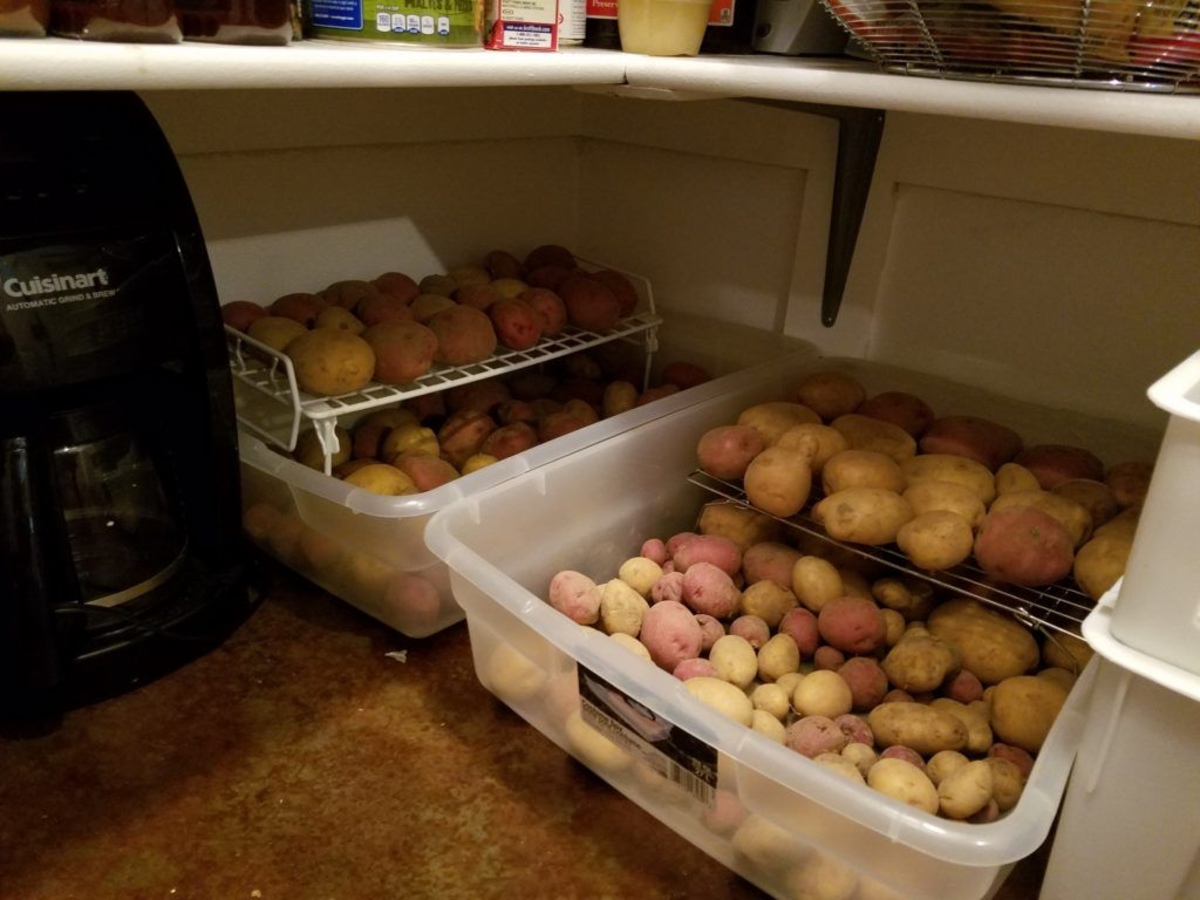
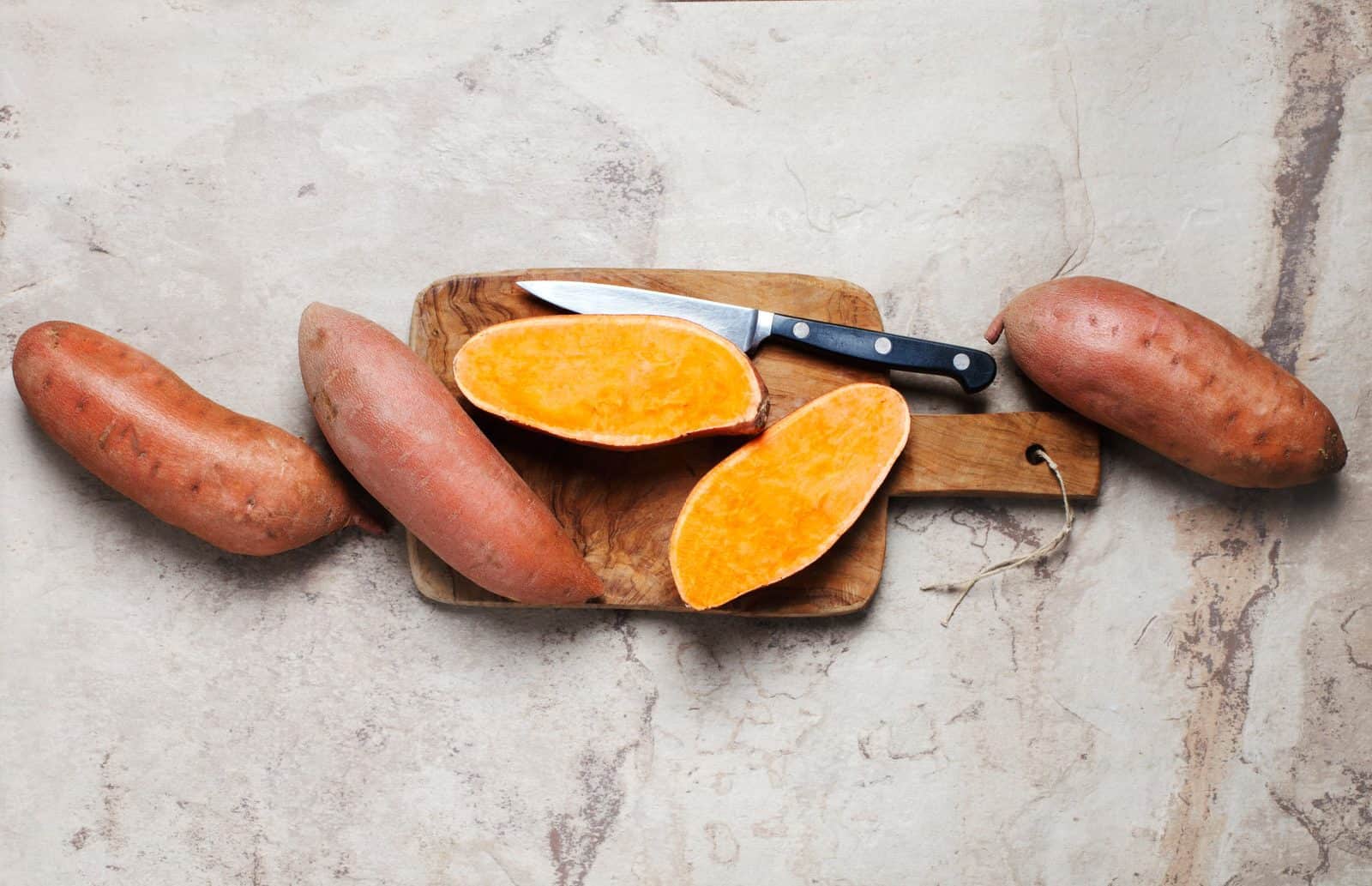
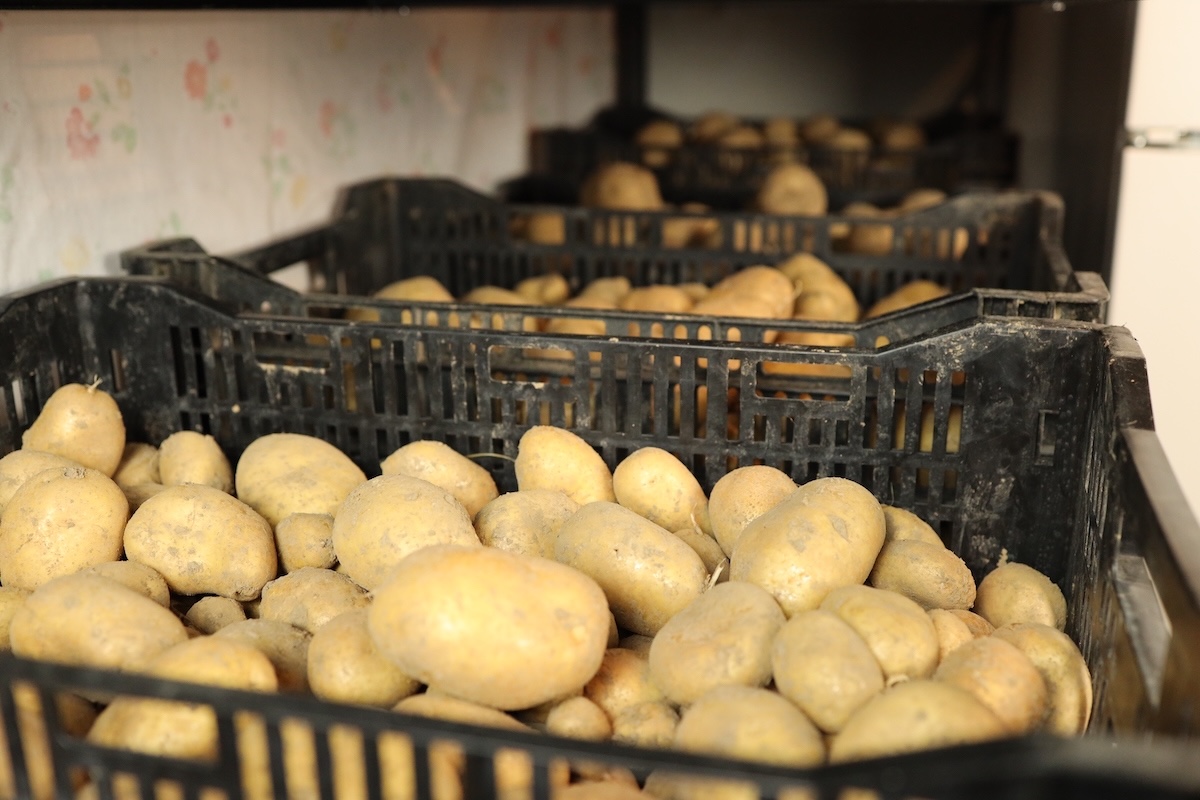
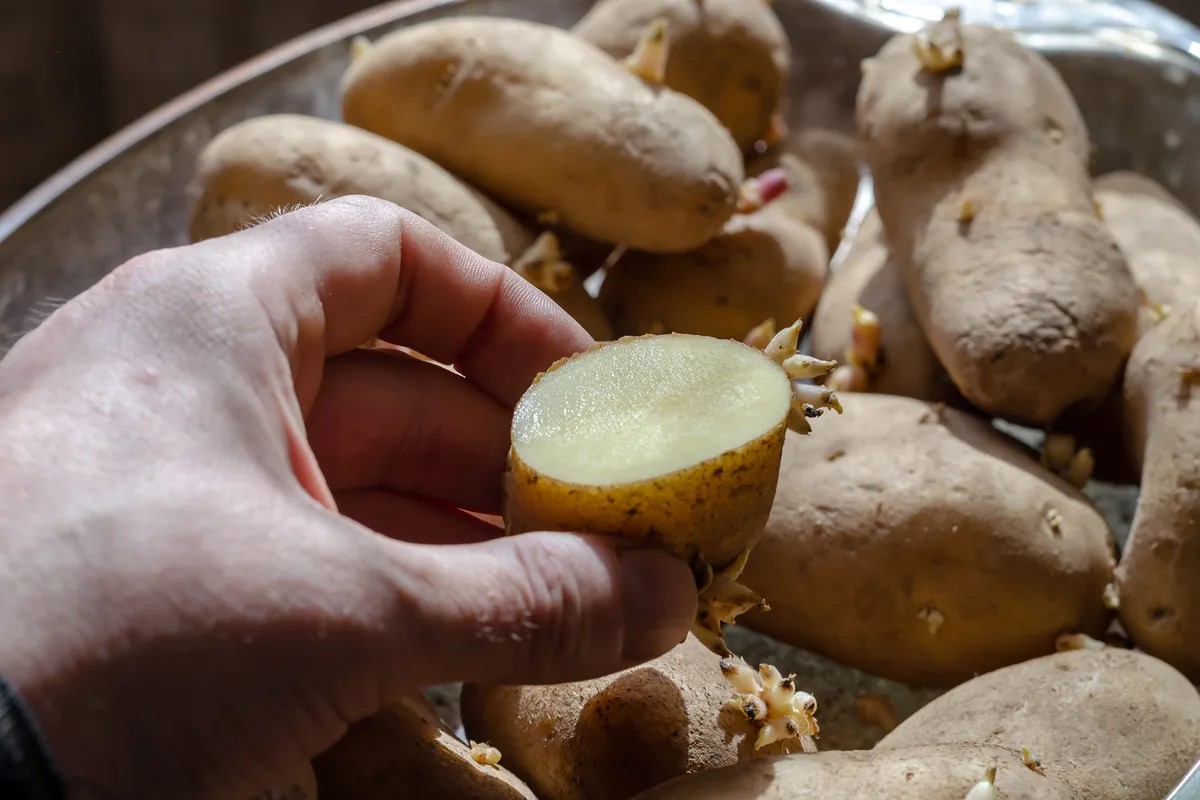
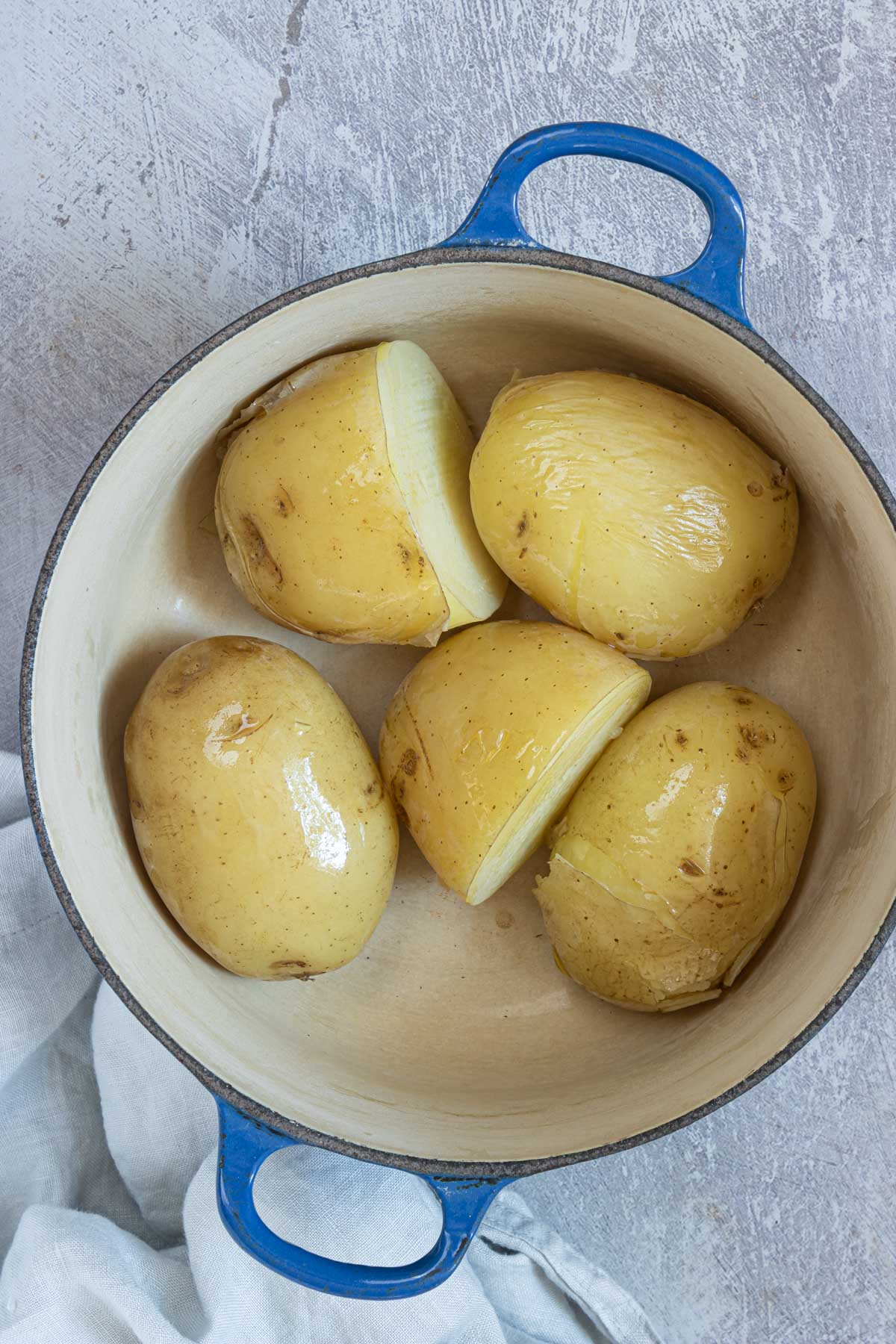

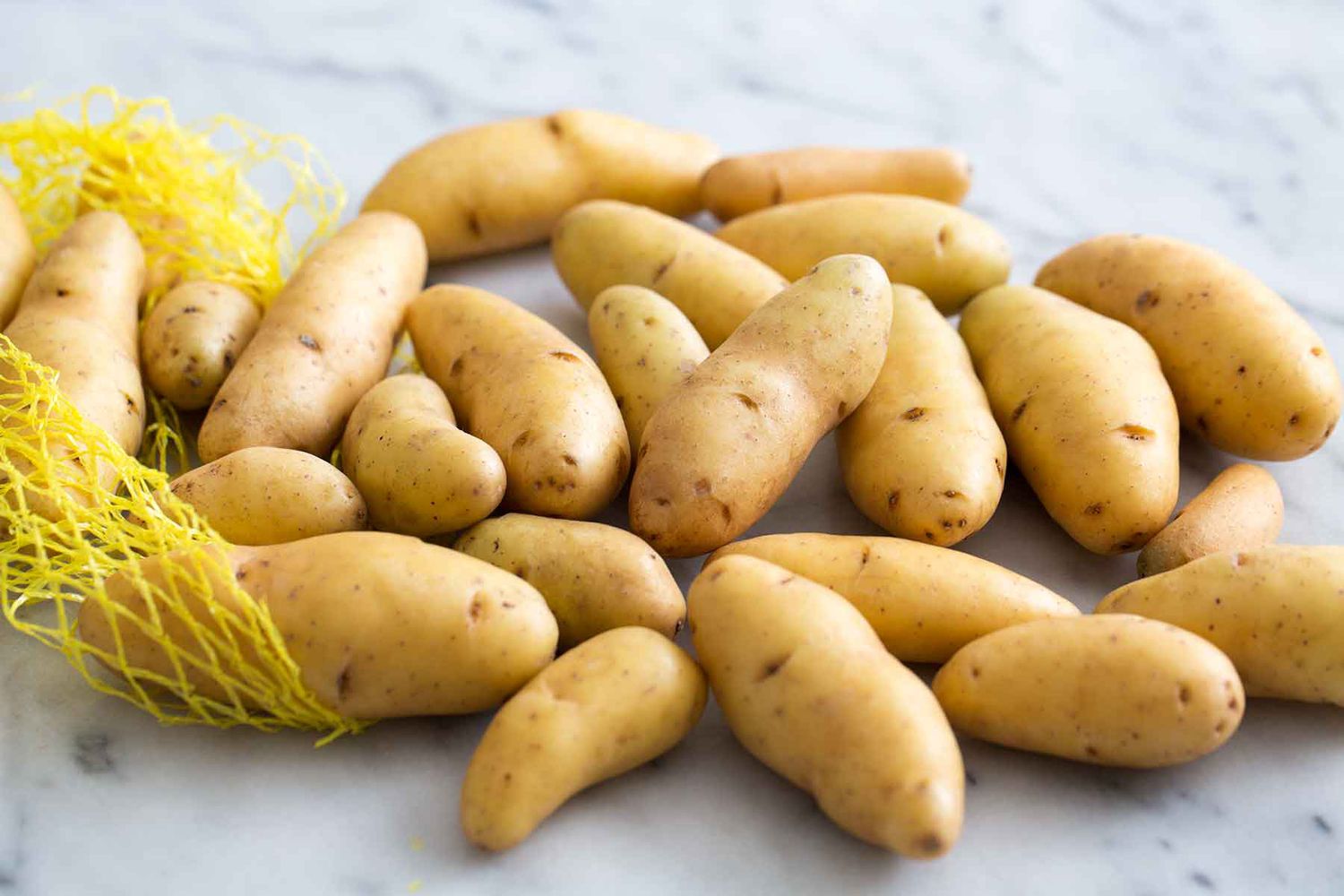
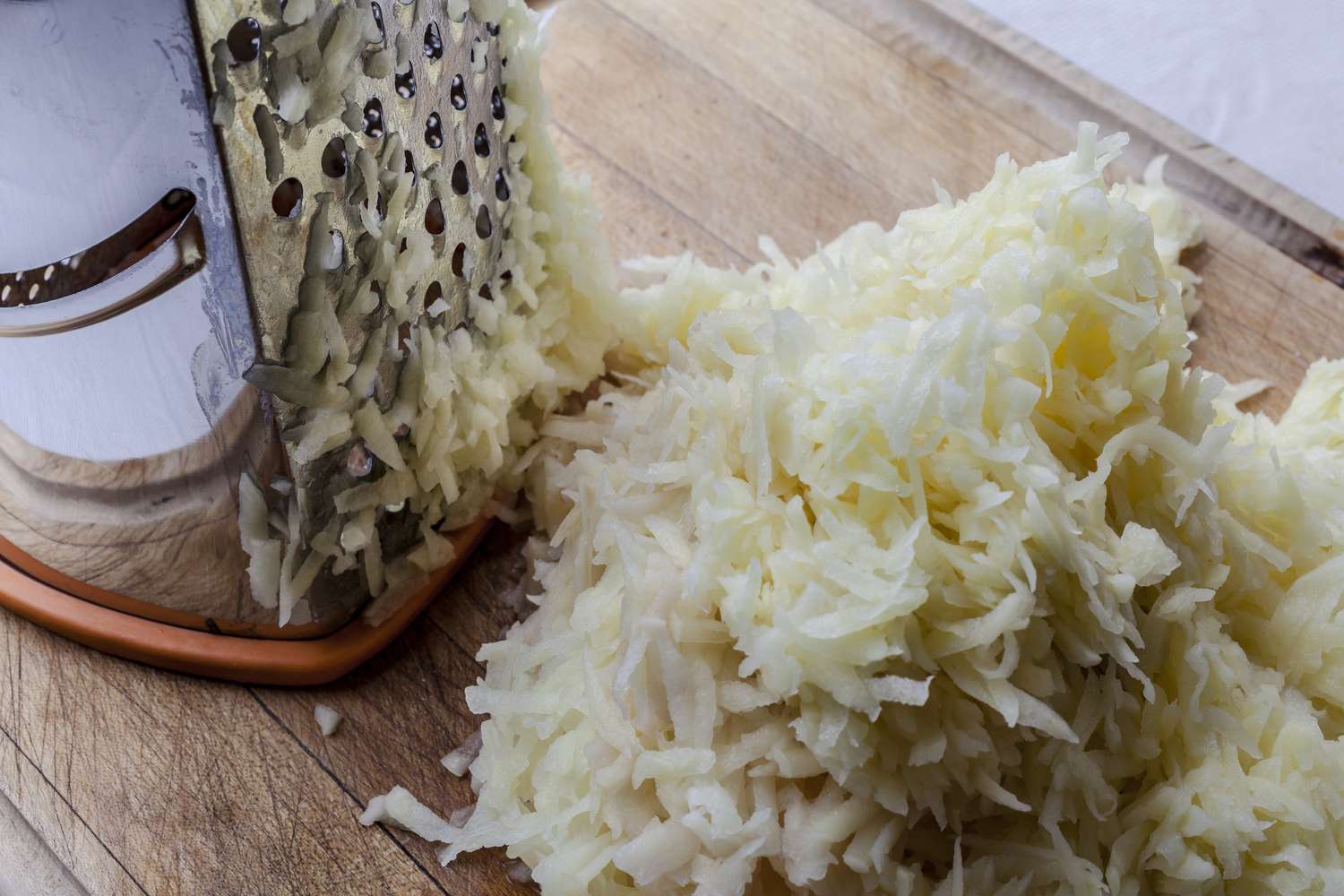
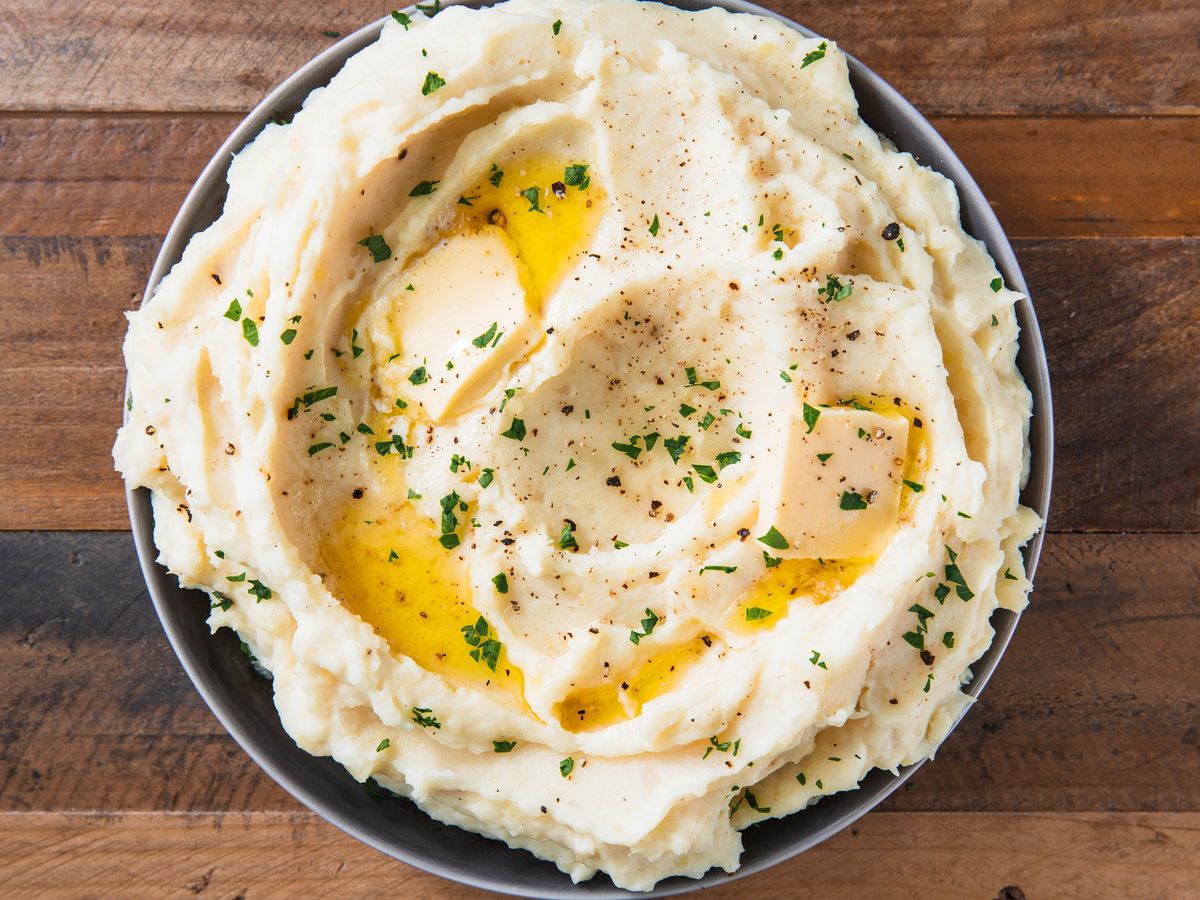
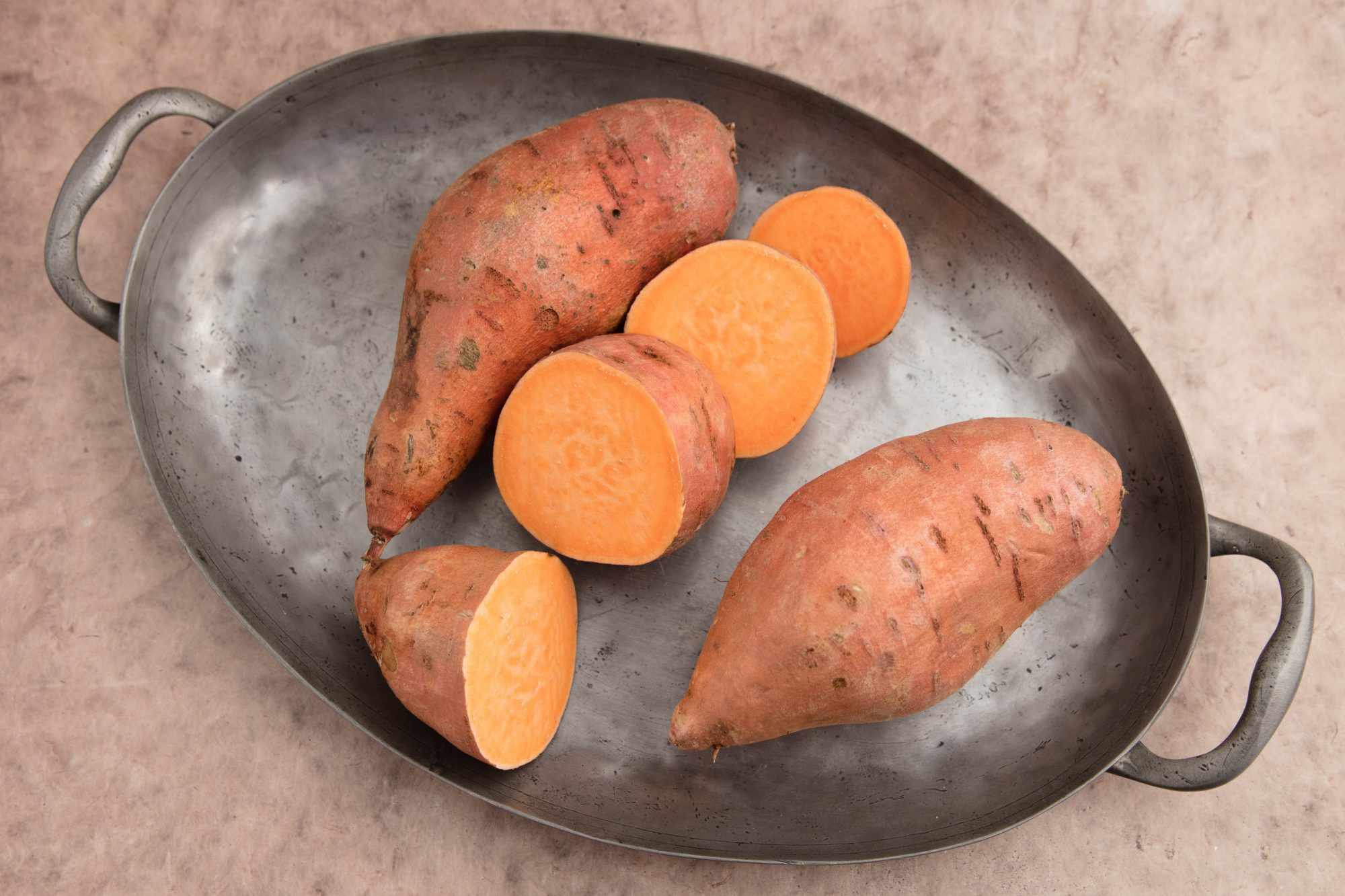
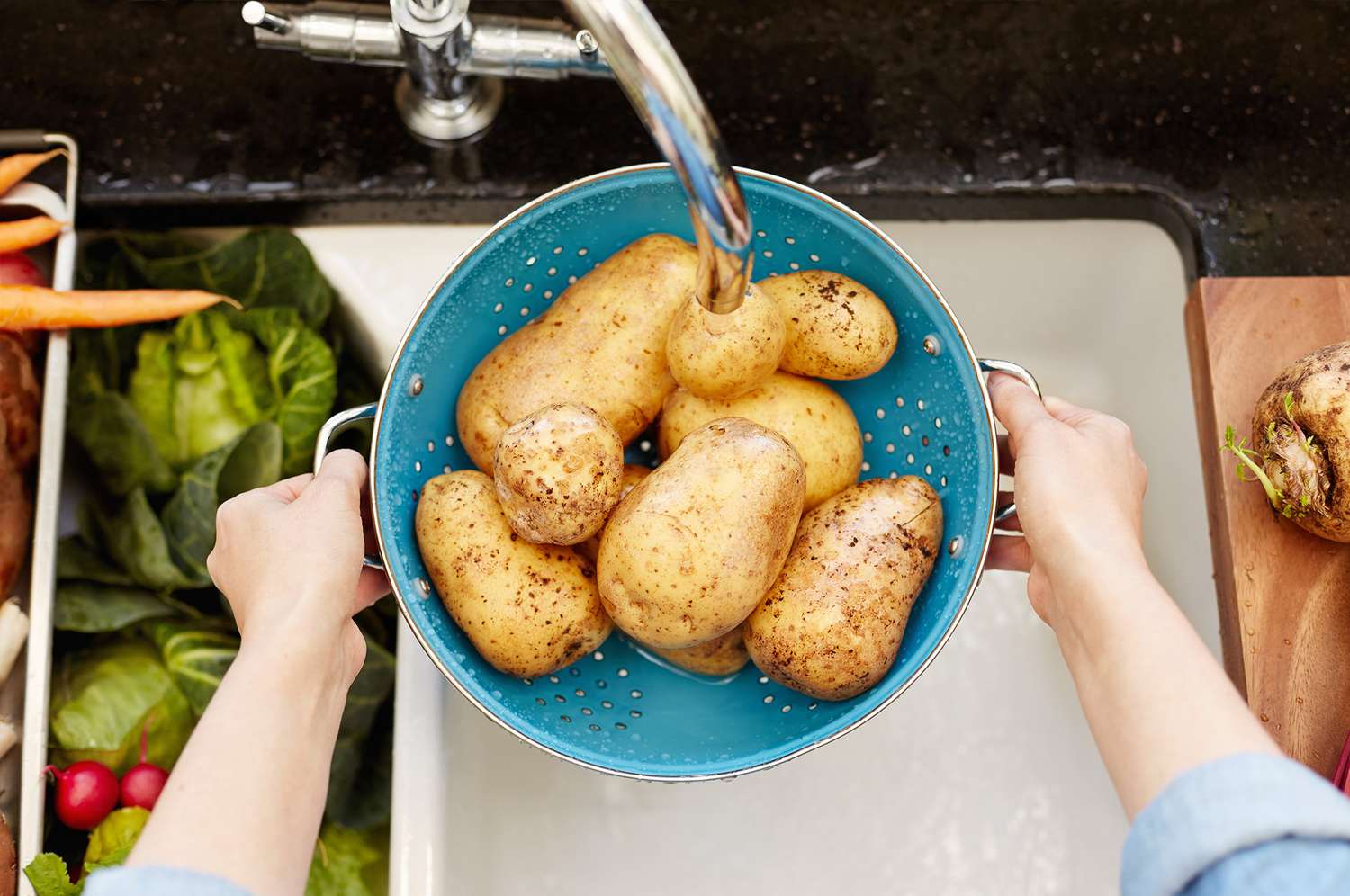
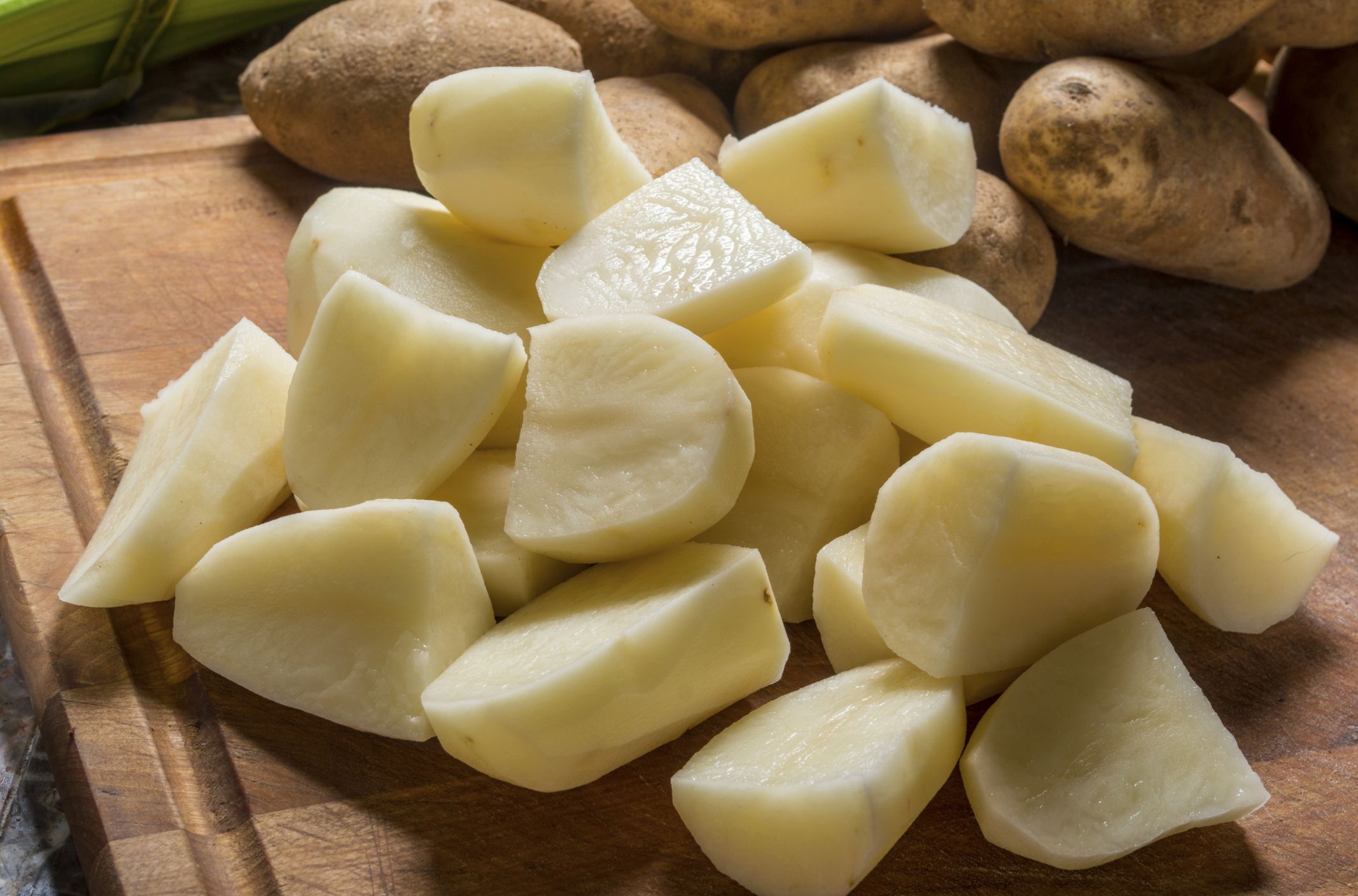
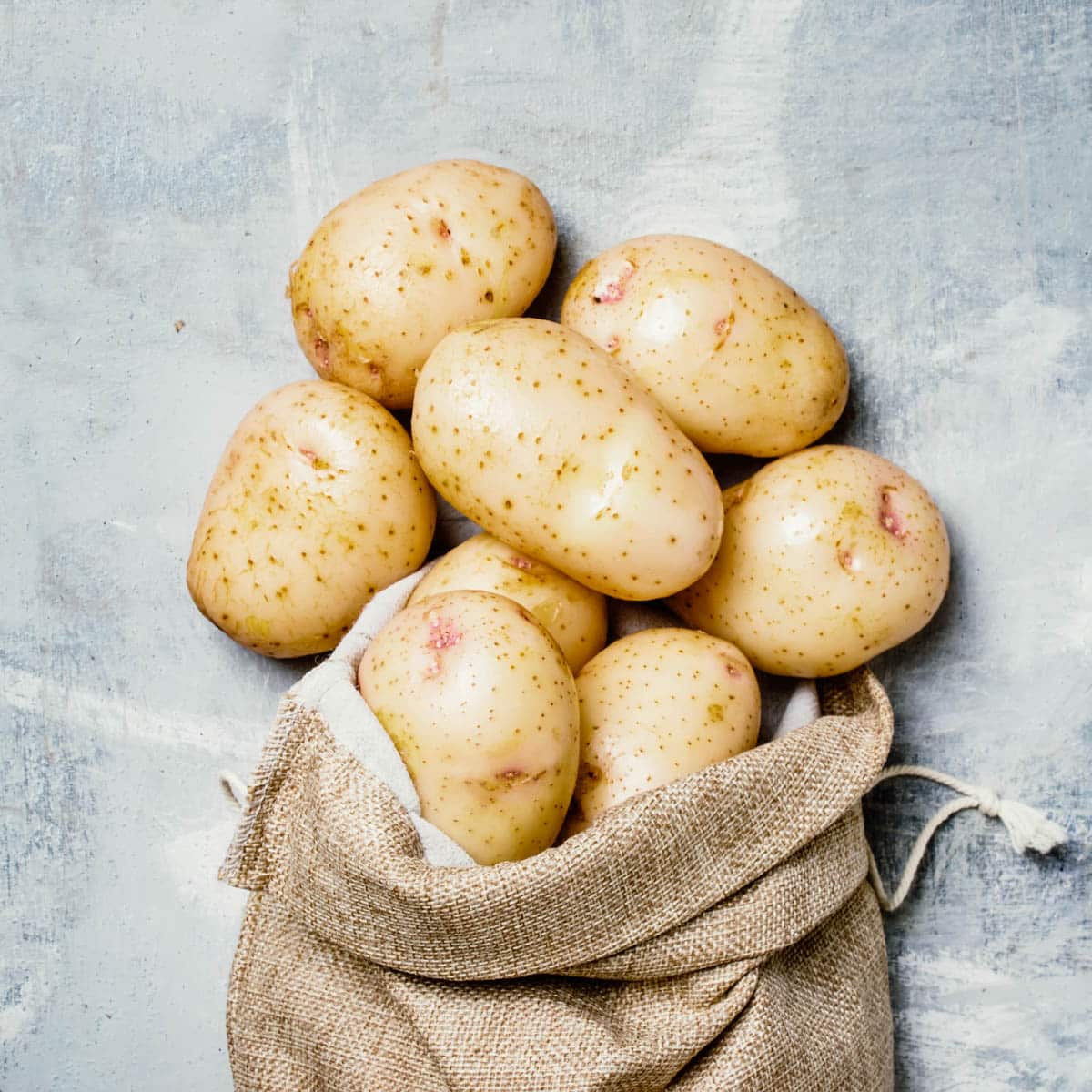

0 thoughts on “How To Store Cut Potatoes”